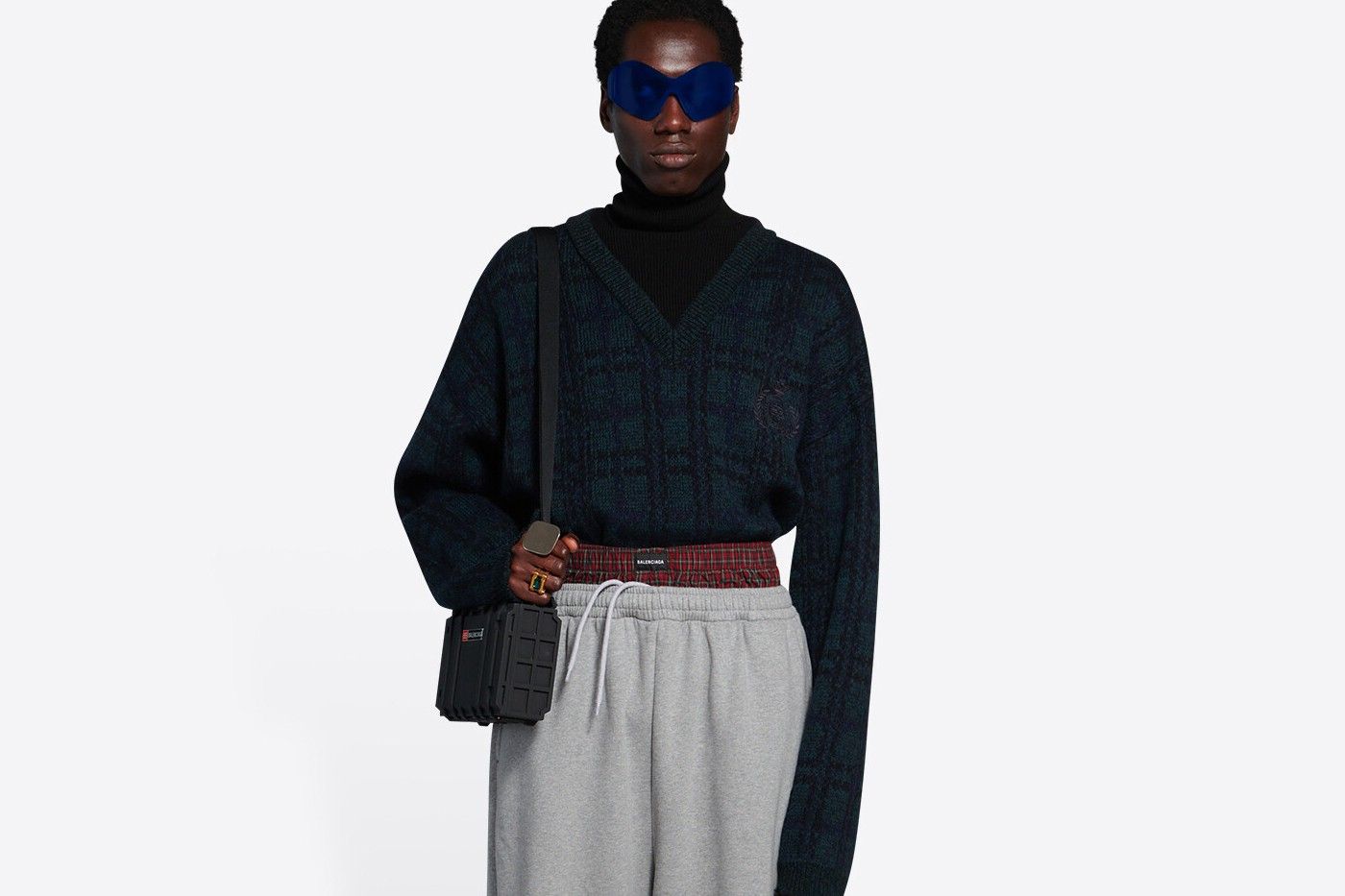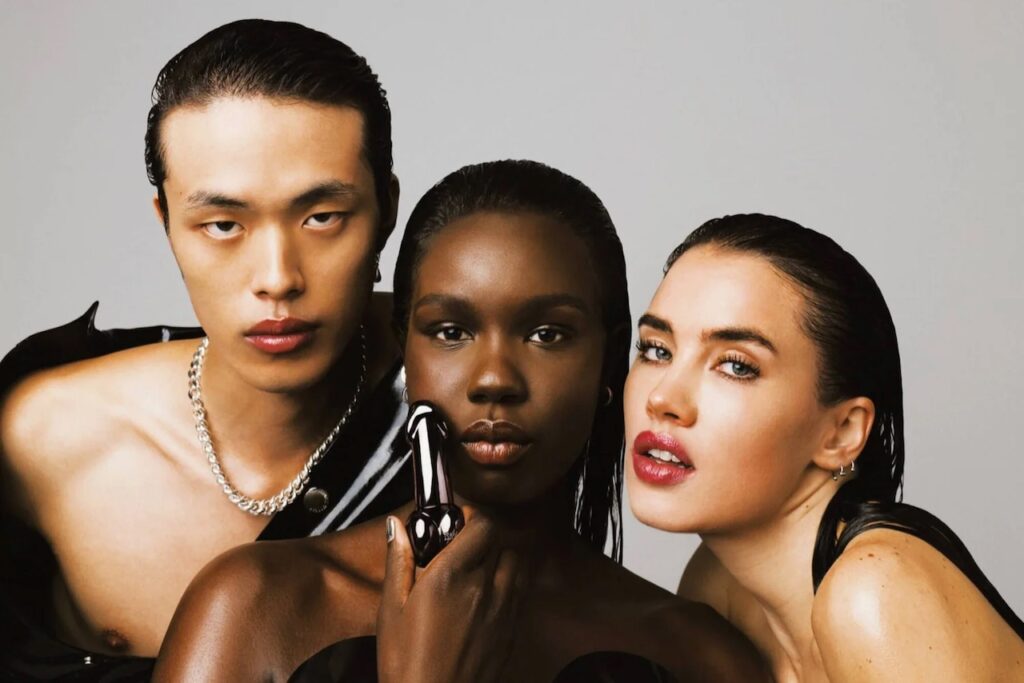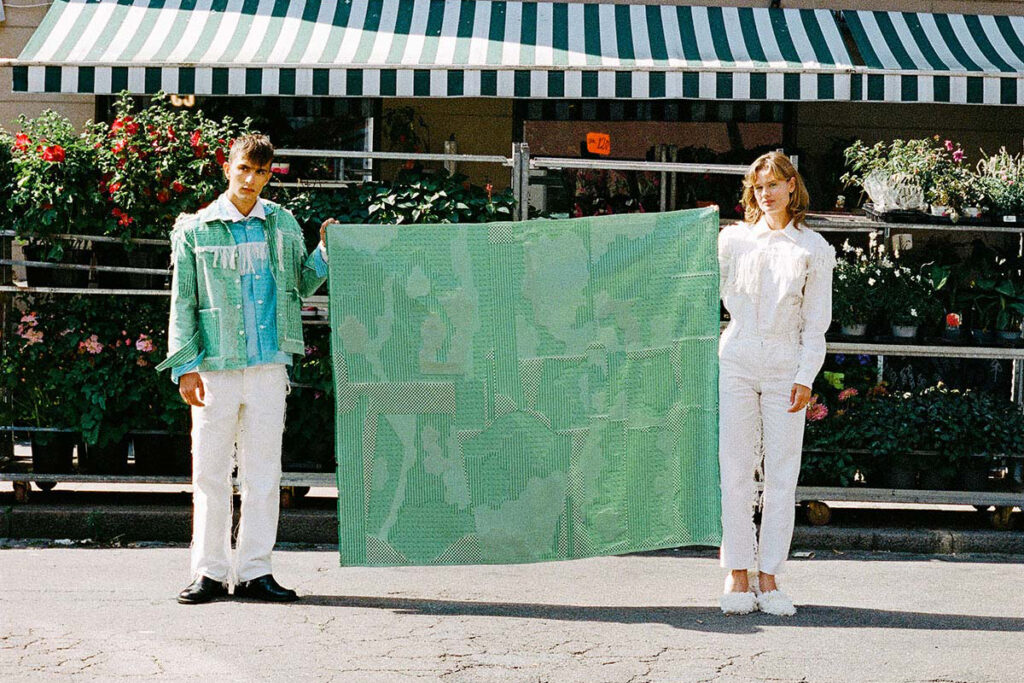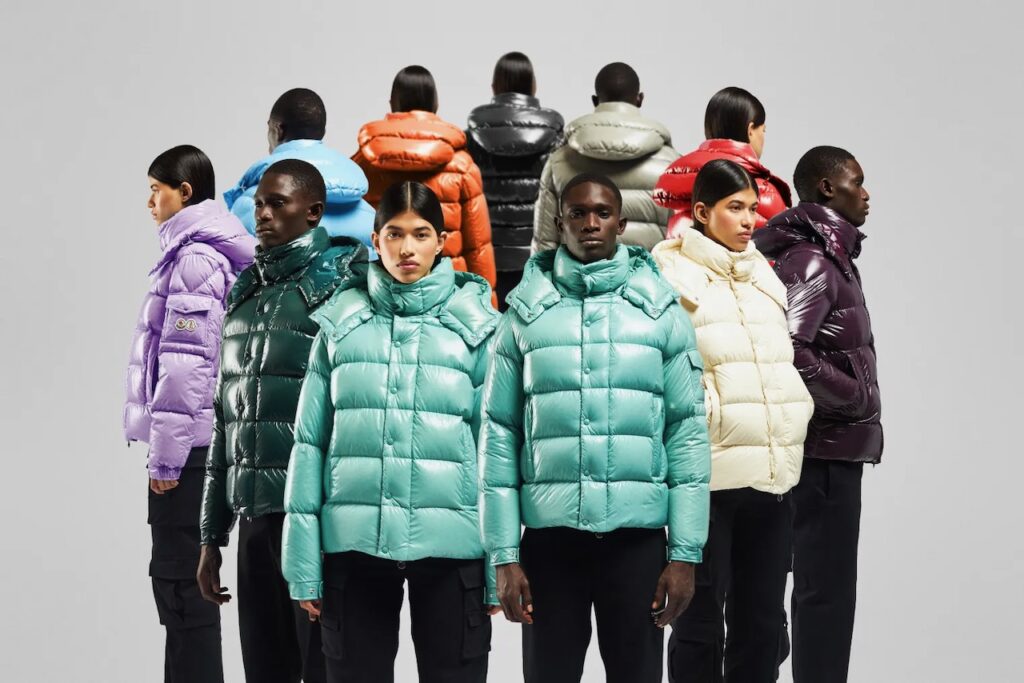In recent years, cultural appropriation has become a hotly debated issue. Many top designers in the fashion industry have been accused of showing little interest and/or knowledge regarding the heritage and symbolism of minority cultural imagery, despite their repeated use in their designs.
We can’t help but wonder, what really draws the line between appreciating and appropriating other cultures.
Cultural appropriation means taking something from a culture that isn’t your own and not giving any form of credit back. In the majority of cases, the most striking thing at play when it comes to cultural appropriation, is the power dynamic. Consequently, cultural appropriation takes place when there are power clashes between different cultures.
It is ignorant and disrespectful of fashion designers to discriminate against people of minority cultures and frequently label them as “different” or “wrong”. This fact takes a particularly bleak contrast taking into account that they end up mimicking their styles, labeling them as trendy, and benefitting financially through sales and profits.

Source: When Plato Met Prada
On the other hand, some people affirm that cultural appropriation should not be seen as something negative or insulting. Rather as a brilliant example of embracing and celebrating fashion that arises from other cultures.
Fashion designers are frequently pointed out for cultural appropriation because of the speed at which the industry moves. In most cases, regrettably, designers don’t take the indispensable time to properly research and acknowledge a culture.
Additionally, the inspiration behind fashion design does not stop at different cultures and heritages, but stretches out to various social class jobs and street trends. These often make their appearance on the runway.

Source: Dazed
High fashion recently, seeks to project authenticity, collecting styles from the streets and selling them to the public. In doing so, fashion makes reference to classes and identities that evoke race, gender, and sexuality. This controversial process inevitably leads to consequences.
Take something that happened recently for context: The iconic haute couture fashion house Balenciaga was, once again, called out for cultural appropriation and racism over their $1190 grey sweatpants with boxer shorts exposed above the waist.
Balenciaga’s sweatpants triggered the public for its similarity to the African American hip hop aesthetic that has led to the penalization and death of Black men, resulting in the further accusation of Balenciaga profiting on Black pain.

Source: Highxtar
The fairest solution to obviate cultural appropriation would be for designers to properly involve and quote the cultures and people who have inspired their garments.
Cultural appreciation would be possible if designers could inform the public about the rich cultural history and significance attached to the clothing, designs, or patterns that they are taking inspiration from. This way, the original culture would receive the recognition and credit it deserves. Brands need to be careful with regards to what symbolisms they borrow, and ensure they are not making the native cultures a disservice by drawing inspiration from them. It is imperative that, should they actually borrow from said cultures, they be properly credited. Brands should also inform their audiences about the cultural and historical significance attached to their products, thus promoting said cultures.
Seeing people truly understanding and embracing a specific culture, from the food, to the language, and the music, rather than just wearing something because it looks cool, would be a truer expression of appreciating a culture.
The question remains open:
— What draws the line between embracing or insulting one’s culture?













